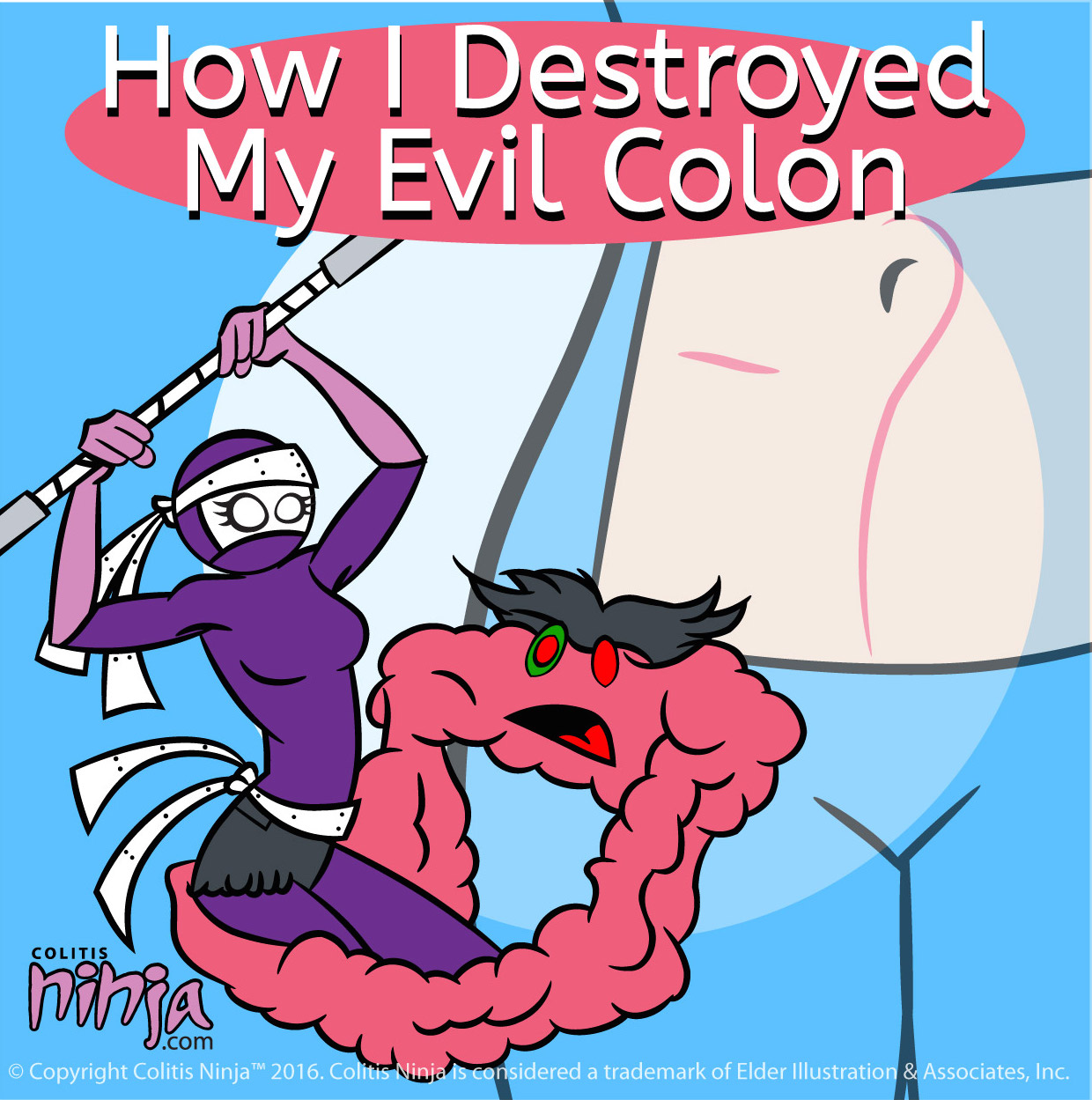
What Happens During a Colectomy?
If you read last week’s blog post, you’ll know that I’m coming up on ONE YEAR since the removal of my wretched colon on April 15th. The procedure I had done was the proctocolectomy with the construction of a j-pouch and loop ileostomy. A proctocolectomy differs from a colectomy because the rectum (and sometimes anus) are also removed. Before I go any further, I’d like to point you to a few of my former blog posts…
The major organs of the digestive system.
So, now that you know what a colon and an ileostomy are, I’m going to tell you what happens during a colectomy. I will not be detailing the j-pouch construction in this particular post (don’t worry, it’s coming soon!). I want to give a special shout-out to my girl, Shelly (see her website here) who helped explain my surgery notes to me. She’s really awesome and you should really follow her on Twitter if you haven’t already!
I should also note that this surgery can be done in any number of ways. My experience isn’t everyone’s experience. As I don’t know what was done during everyone else’s surgeries, I’m just going to explain what happened during mine.
Before the doctor can begin cutting, a few things have to happen.
- They have to knock you out.
- They have to wash up making sure they are super sterile.
- They have to wash your abdomen and make it sterile.
- They cover you with a blue sheet with a square or rectangle cut into it.
So, once they fully prep you for surgery, they can start cutting you open. Now, this can be done in several ways. The two main ways are laparoscopically or full open… mine was full open. They cut just above my navel and around it down to about my panty line. They cut your skin with a regular scalpel. The tissues underneath that are cut with an electronic device that cauterizes everything to make sure you don’t bleed too much.
There are several connective tissues that are attached to your colon to keep it from sliding around all over the place. They cut these tissues free with the cauterizing device starting with your ascending colon, moving to your transverse colon and then on over to your descending colon.
It might be interesting to note that they had to cut away some adhesions that were on my colon as well (more about adhesions and the condition of my colon in a later post).
Finally, they cut your colon away from your small intestine and the rectum away from your anus around the anal transition zone.
At this point, they created my j-pouch (again, more details coming later). Then they “washed” me out with a warm saline solution and antibiotics to help protect against infection.
After this, they cut a small incision that was marked by my ostomy nurse the day before. This is when they began the creation my ostomy (see my post about that here).
They stitched up all the tissues beneath my skin and secured my skin with Steri-Strips to reduce scarring. Sadly, this was later ruined by an abscess, but I’m grateful for their efforts. After they closed up my main incision they “finished” my ostomy and applied my first ostomy appliance. Then they wheeled me into the recovery area where I stayed until they were sure I was stable enough to go to a hospital room.
Well, those are the basics of what happens in the operating room. It’s actually a lot more complex, but I am not scientifically inclined and I wanted to explain it in the simplest terms I could. Next week, I will be detailing the day after surgery. It will be based off some notes that my dad wrote while I was in the hospital. I have vague memories of that time so… yeah. Take care!





